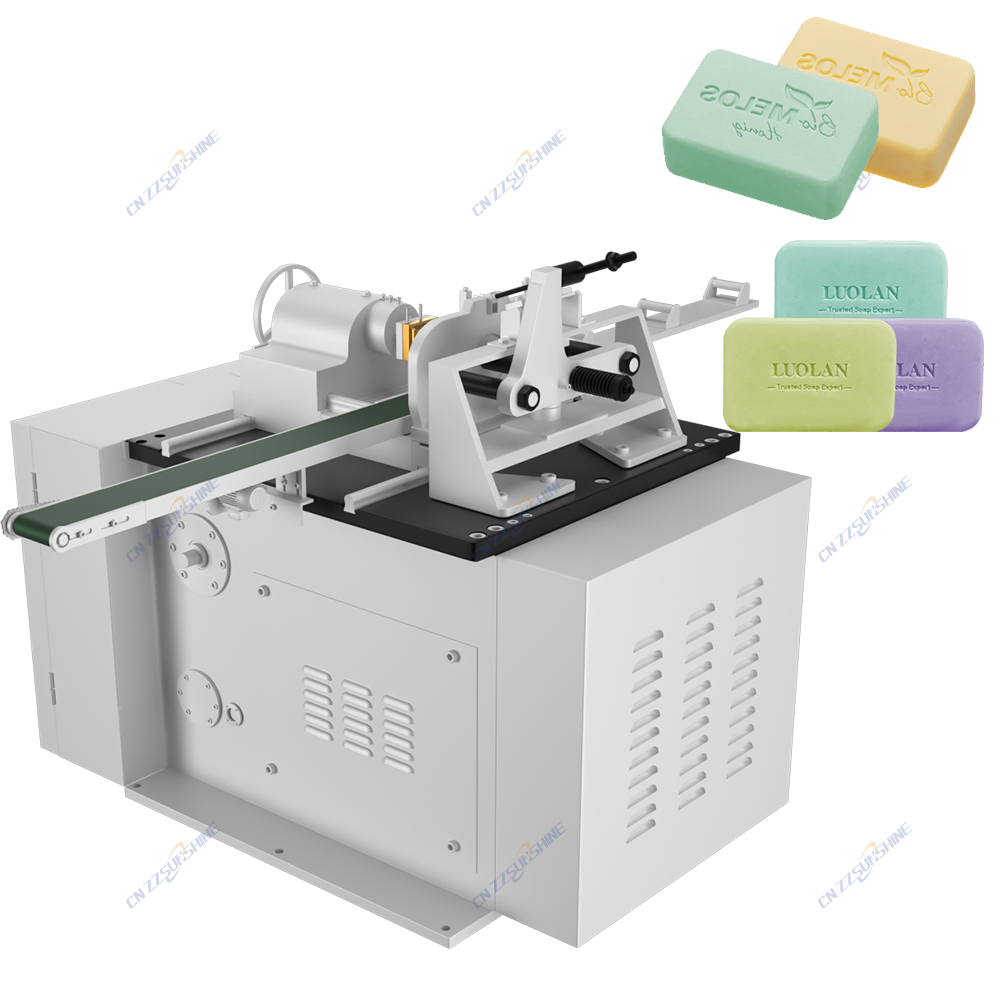The modern bar soap market demands consistent quality, high output, and cost efficiency. Integrating an automatic soap production line is no longer a luxury but a necessity for manufacturers seeking to compete. This sophisticated setup replaces labor-intensive, inconsistent manual processes with a seamless, integrated system.
The core of a robust laundry bar soap production line or toilet soap finishing line begins with precise mixing. Industrial mixers for chemical processing, often heavy-duty sigma blade types, ensure homogeneous blending of fats/oils, alkali, additives, and recycled soap noodles under controlled conditions. This stage is crucial for achieving the desired saponification and final bar properties.
Following mixing, the soap mass undergoes refining and extrusion. A high-performance soap plodder machine, typically a vacuum plodder, is central here. This equipment compacts the soap mixture under vacuum, removing entrapped air bubbles which can cause cracking or voids in the final bar. The vacuum plodder extrudes a continuous, dense log of soap with uniform texture and composition, ready for shaping. This step is vital for both laundry soap making lines and higher-end bath soap making machines.
The extruded soap log then proceeds to forming and cutting. An automatic block cutter machine precisely slices the log into manageable blocks. For final bar sizing, a custom soap cutting machine or an electric washing soap cutter delivers precise, clean cuts at high speed, minimizing waste and ensuring uniform bar weight and dimensions, whether for large laundry bars or smaller guest soaps. Finally, the cut bars enter finishing stages like stamping, cooling tunnels, and packaging – often integrated with an automatic packing machine for food-grade materials, ensuring hygiene and efficiency.
Implementing an automatic soap production line, encompassing the soap mixer, vacuum plodder, and precision cutter, delivers significant advantages: drastically reduced labor costs, minimized human error, consistent product quality, enhanced throughput (24/7 operation potential), and improved safety by automating handling of hot/caustic materials. For manufacturers considering capacity expansion or upgrading legacy equipment, investing in a tailored automatic production line represents a strategic move towards sustainable growth and market leadership in the competitive soap manufacturing sector.




